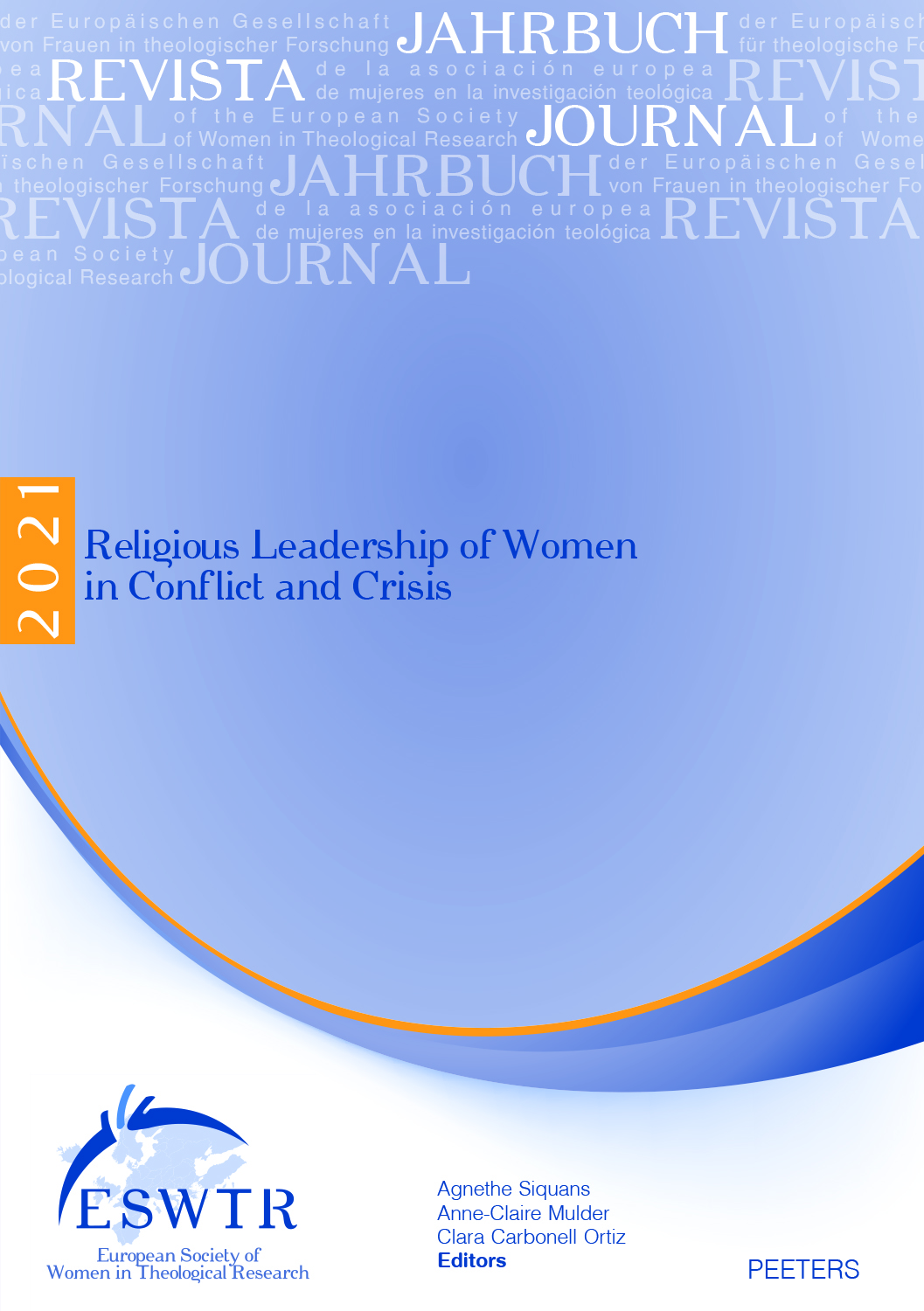 previous article in this issue previous article in this issue | next article in this issue  |

Preview first page |
Document Details : Title: Embracing the Future Subtitle: The Church of Sweden in Continuous Reformation Author(s): EDGARDH, Ninna Journal: Journal of the European Society of Women in Theological Research Volume: 25 Date: 2017 Pages: 67-80 DOI: 10.2143/ESWTR.25.0.3251305 Abstract : The whole world followed the events in Lund, Sweden, on October 31, 2016, when for the first time a joint ecumenical commemoration of the Reformation took place between the Lutheran World Federation (LWF) and the Roman-Catholic Church. A photo distributed worldwide shows Pope Francis and the Archbishop of the Church of Sweden, Antje Jackelén, embracing each other. The photo contains both hope and tension. The Church of Sweden tries to balance the tension between its heritage as ecumenical bridge-builder, launched already by Archbishop Nathan Söderblom a hundred years ago, and its pioneering role with regard to issues of gender and sexuality. These seemingly contradictory roles are hereby set into the wider context of the journey Sweden has made from the time of the Lutheran reformation up to the present. A uniform society characterised by one people and one Christian faith, has gradually transformed into a society where faith is a voluntary option. The former state church faces new demands in handling religious as well as cultural diversities. Leadership is increasingly equally shared between women and men. The Church of Sweden holds all these tensions together through the approach launched on the official website of a church in constant need of reform. Por primera vez la Federación Luterana Mundial y la Iglesia Católica Romana celebraron conjuntamente una conmemoración ecuménica de la Reforma un hecho que ocurrió en Lund, Suecia, el 31 de octubre de 2016 y que fue ampliamente difundido por el mundo, a través de una fotografía distribuida globalmente donde aparecen abrazándose el Papa Francisco de la Iglesia Católica y la arzobispa Antje Jackelén de la iglesia de Suecia, reflejando esperanza y tensión a la vez. La iglesia de Suecia intenta encontrar un equilibrio entre una tradición ecuménica de diálogo – inaugurada hace un siglo por el arzobispo Nathan Söderblom – y su papel pionero en cuestiones de género y sexualidad. En el artículo se desprende que estos roles, aparentemente contradictorios, están presentes en el contexto más amplio de la transformación que ha hecho Suecia desde la Reforma hasta hoy. Cómo cambia la sociedad sueca, desde ser una sociedad uniforme, con una población homogénea en una sola fe cristiana hasta convertirse en una cuestión de opción voluntaria el ser creyente. Esta situación plantea nuevas exigencias a quien fue anteriormente la religión oficial del estado, ya que debe adaptarse tanto a la diversidad religiosa como cultural. Respecto a las construcciones en las relaciones de género, el liderazgo es compartido entre hombres y mujeres. Para visibilizar los avances en estos temas sociales es que en su sitio web la iglesia de Suecia presenta un enfoque de estar continuamente en Reforma. |
 |


